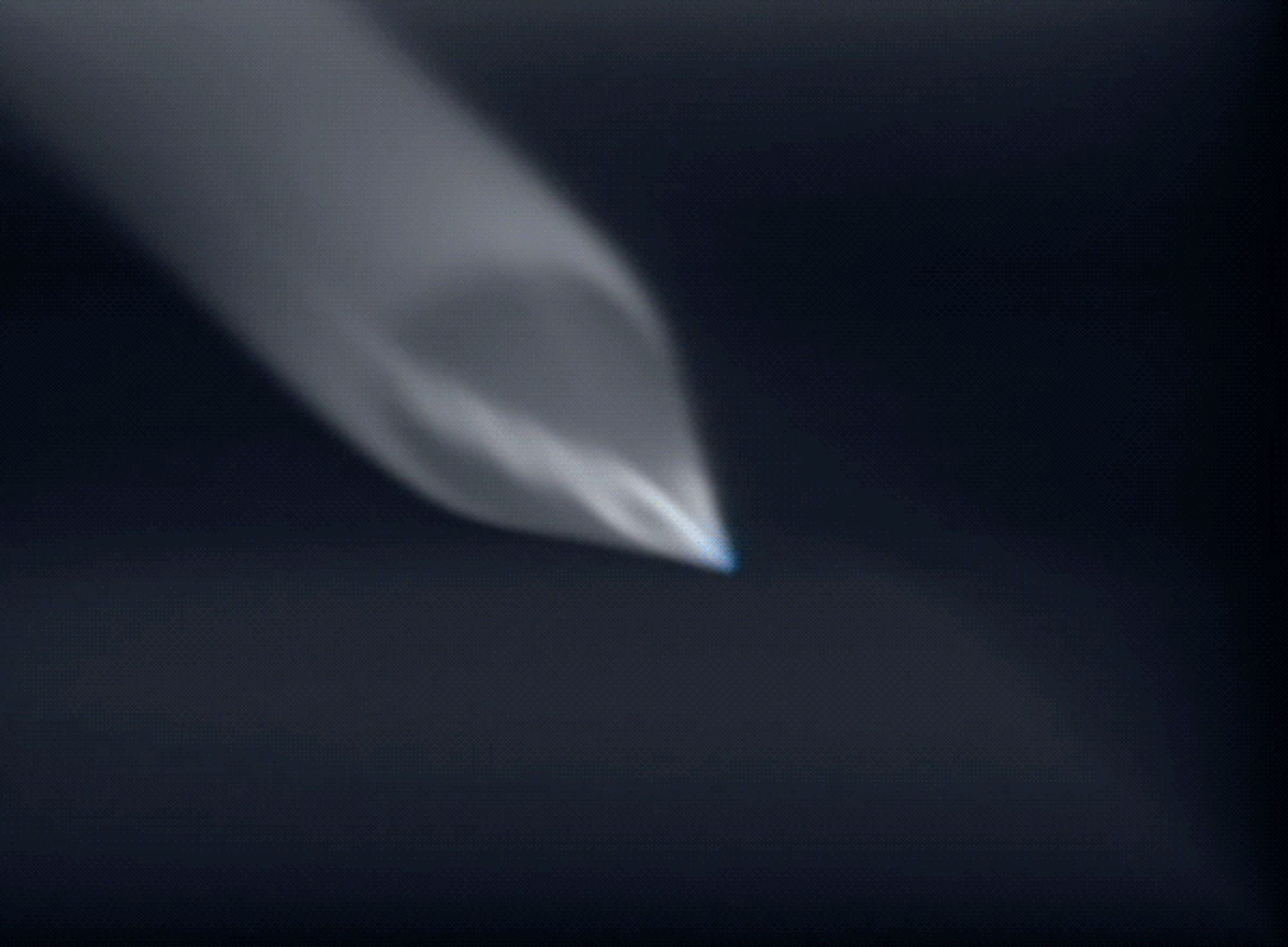
WORK
E.S.P. TV
Pioneer Works is pleased to present WORK, E.S.P. TV’s first institutional solo exhibition in the United States. Directed by Victoria Keddie and Scott Kiernan, E.S.P. TV is best known for their live television tapings that feature experimental broadcast collaborations with underground poets, musicians, and artists via their mobile television studio.
For WORK, E.S.P. TV makes the Pioneer Works office staff and environment the subject of a six-week performative, televisual installation by relocating the organization’s second-floor, open-plan office to the first-floor’s main exhibition space. Surrounded by a de-centralized control room, the office doubles as both a dynamic sculptural set—painted partly in chroma blue and featuring movable walls, among other features—and the actual site for the staff’s five-day workweek. The staff’s “daily grind” will be mixed live, on-site, with custom video effects and commercial interruptions. Far from peddling in the sensational tropes of reality TV, WORK instead turns banal, day-to-day office routines and patterns — the movement of a chair, a co-worker getting coffee—into the improbable, playful content of a serial program to be broadcast weekly on the Manhattan Neighborhood Network. E.S.P. TV worked closely with curator David Everitt Howe to envision this social experiment and exhibition, which responds to the building’s unique environment and tight-knit, collective office culture.
Recreated as a pastiche of a “contemporary” office, the installation features a series of sculptural set pieces that can be activated in real-time or through the video editing process. A camera crew, live TV mixing consoles, monitors, and program feeds surround and permeate the working office. At the start of each workday, Pioneer Works staff function as both employees and cast members who “log-in” to an evolving algorithm that combines their names anagrammatically with 32 production terms for various camera shots. The resulting text generates an abstract script or textual narrative that informs both the episodes’ editing and their subtitles.
Working within galleries, museums, and artist-run and public spaces, E.S.P. TV’s television programs are taped before a live audience and place the labor of production in an equal spotlight with the artists and performers with whom they collaborate. These tapings reveal a new space born through a breakdown in the hierarchy of the producer and performer and an investigation of the aesthetic qualities of the “live TV studio set”—arising from subtle relationships of staging, timing, layers of observation and the line between shadow and shade of an evenly lit set. In many ways, the humorous, inquisitive, and convention-defying nature of E.S.P. TV carries on the tradition of institutional critique artists like Michael Asher. In the 1970s, Asher engaged in an art practice that broke down the separation between traditional roles of art production, exhibition, and public dissemination. An influential touchstone for E.S.P TV’s WORK is Asher’s Via Los Angeles (1976) in which Asher recorded, and later broadcast, the behind-the-scenes interior of a local TV control room (Portland NBC affiliate KGW) while they were airing the Super Bowl.
For additional context, WORK will feature video and printed ephemera from E.S.P. TV’s first 100 Episodes and 6 seasons on air in New York City. This multi-media collection draws on hundreds of collaborative efforts with local and international artists working in performance, video, sound, social practice, and more. Evoking this history, as well as the history of television and sound, a series of public programs featuring screenings, panels, performance, and an artist-led “staff retreat” expound upon the major themes of the exhibition and activate the set outside of normal working hours.
E.S.P. TV, directed by Scott Kiernan and Victoria Keddie, utilizes a mobile television studio to explore transmission, analog and digital media, and broadcast. Through an ongoing series of live television taping events, they place the control room of the TV studio center stage, making the means of production into a vehicle for performance. Producing over 85 live taping events and over 100 episodes since 2010, E.S.P. TV has worked with various venues and institutions including: the Whitney Museum of American Art, New Museum, the Museum of Arts and Design, Swiss Institute/Contemporary Art, Printed Matter, Millennium Film Workshop, New School, Recess, Camera Club, Hunter College Art Galleries (New York, NY); Interstate Projects, Spectacle Theater, Issue Project Room, Pioneer Works, Knockdown Center, Flux Factory, Roulette (Brooklyn, NY), Queens Museum (Queens, NY), Harvard Art Museums, Franklin Street Works (Stamford, CT), Liminal Space (Oakland, CA), Yerba Buena Center for the Arts (San Francisco, CA), Human Resources (Los Angeles, CA), Ballroom Marfa, Marfa Public Radio, (Marfa, TX), Museum of Human Achievement (Austin, TX), S1 (Portland, OR), Nightingale Cinema (Chicago, IL), Museum of Contemporary Art Detroit, General Public (Berlin), STORE (Dresden), Studio XX (Montreal), SAW Media Centre (Ottawa), Kling and Bang Gallery (Reykjavik), and Pallas Projects (Dublin).